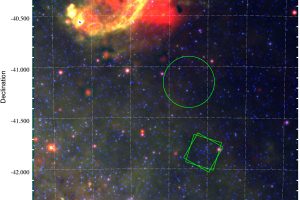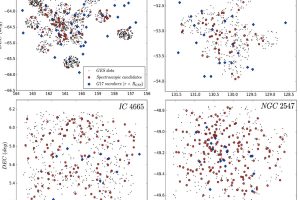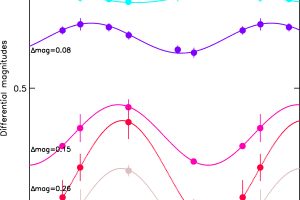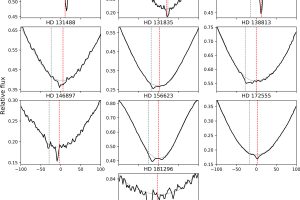Looking for compatc objects in the Kepler supernova remnant. Published on ApJ the study: “No Surviving Companion in Kepler’s Supernova” of P. Ruiz-Lapuente (Instituto de Física Fundamental, Madrid)
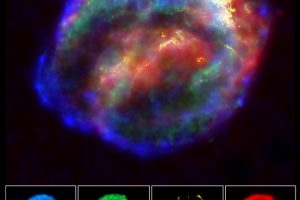
di Mario Giuseppe Guarcello ( follow mguarce) Type Ia supernovae are particularly important in cosmology since they allow us precise measurements of the hosting galaxies. These supernovae are not triggered by the collapse of the core of massive stars, such as the “core-collapse supernovae”. They are instead due to the thermonuclear explosion of a white dwarf in close binary
» Read more
